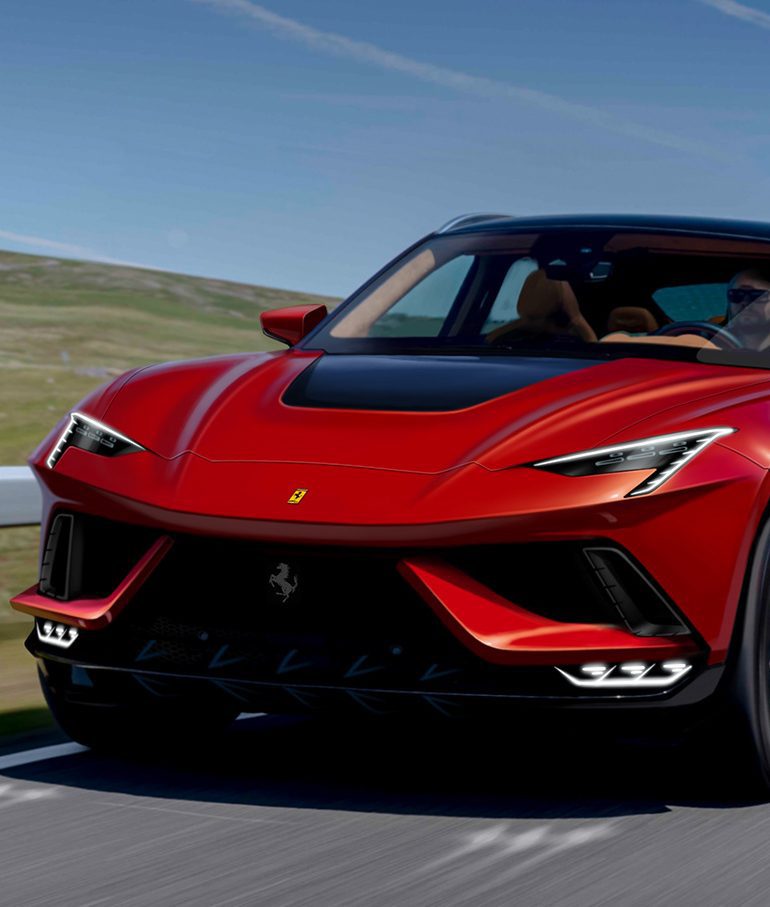In 2015, Ferrari design chief Flavio Manzoni boldly declared that an SUV with the prancing horse logo was an unthinkable concept. He said that company founder Enzo Ferrari would ‘turn in his grave’ if the carmaker ever decided to jump on the SUV bandwagon.
This was even as the SUV segment was proving to be the ‘next best thing’ in the automobile industry. SUVs outsold sedans for the first time in 2015, and industry watchers were stunned by rapidly accelerating global SUV sales.



